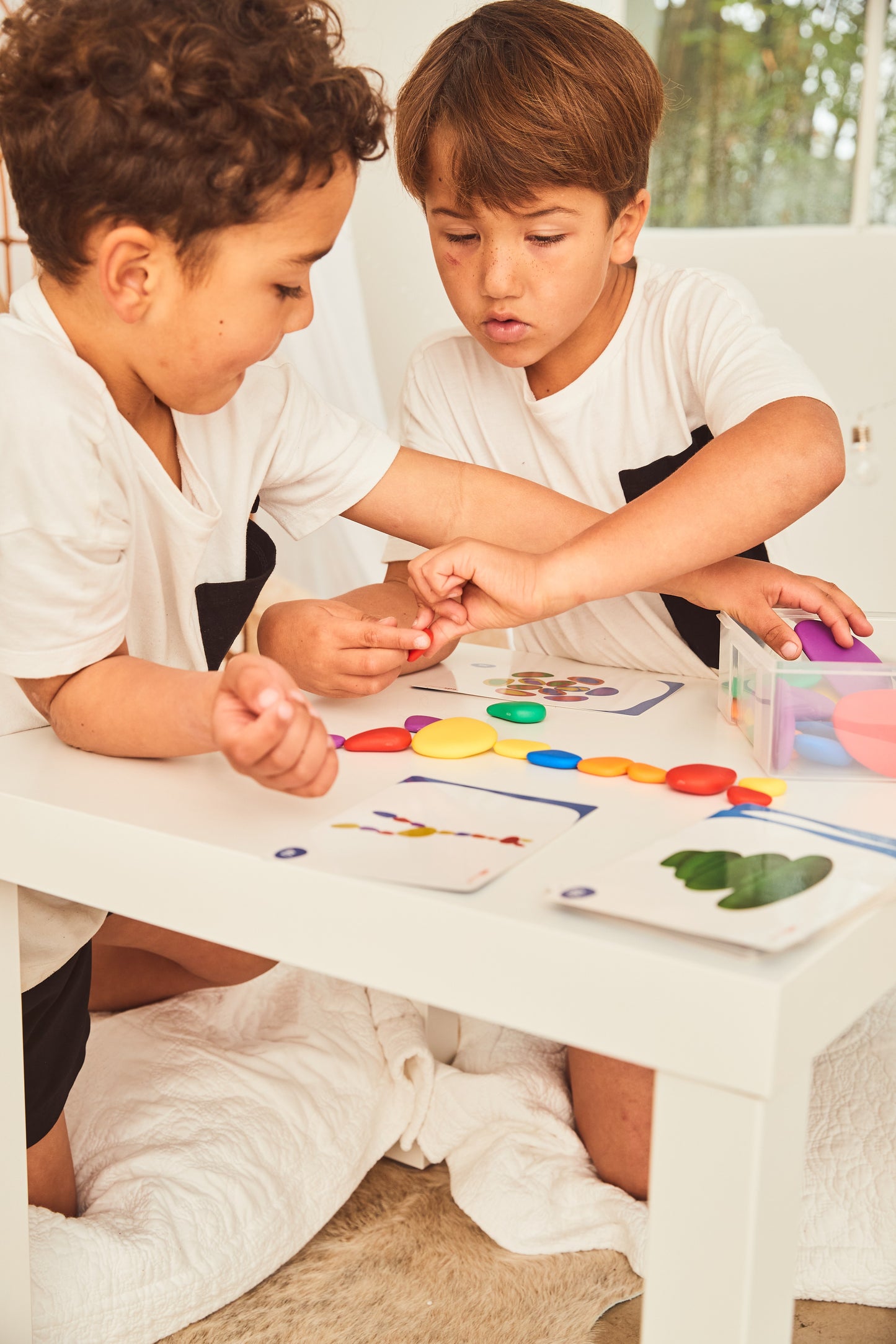
Do you know the transformative impact that educational toys can have on children's learning experiences. Among these toys, linking cubes, math cubes, and transparent number sets stand out as invaluable tools for making mathematics not just comprehensible but enjoyable for young minds. In this blog post, I want to emphasize the significance of learning math through play and provide parents with ten engaging activities they can do at home to make math learning a fun and interactive experience.
Mathematics can often be perceived as intimidating or dry, but it doesn't have to be. By integrating play into math education, children can develop a deeper understanding of mathematical concepts while fostering creativity and critical thinking skills. Linking cubes, math cubes, and transparent number sets offer tactile experiences that engage multiple senses, making abstract mathematical ideas concrete and accessible.
Here are ten activities parents can try at home to promote math learning through play:
-
Counting Tower: Use linking cubes to build towers of different heights. Have your child count the cubes as they stack them, reinforcing counting skills while also exploring concepts of height and quantity.
-
Pattern Play: Create patterns using different coloured cubes or numbers from the transparent number set. Encourage your child to continue the pattern, fostering skills in recognising and extending sequences.
-
Shape Sorting: Utilise the geometric shapes available in the math cube set for a sorting activity. Have your child categorise shapes based on attributes such as colour, number of sides, or size.
-
Number Line Exploration: Lay out the transparent number set in sequential order to form a number line. Practice counting forward and backwards, as well as identifying numbers that come before or after a given number.
-
Addition/Subtraction Towers: Use linking cubes to demonstrate addition and subtraction concepts visually. Build two towers representing different numbers, then combine or remove cubes to show the results of addition and subtraction operations.
-
Measurement Madness: Introduce measurement concepts using linking cubes as units. Explore length, width, and height by measuring objects around the house, comparing their sizes, and arranging them from shortest to tallest.
-
Fraction Fun: Use math cubes to illustrate fractions by dividing them into equal parts. Experiment with different combinations to represent halves, thirds, quarters, and more, reinforcing the idea of fractions as parts of a whole.
-
Dice Games: Incorporate transparent number sets into dice games to practice addition, subtraction, multiplication, and even division. Roll the dice and challenge your child to perform the corresponding mathematical operation.
-
Shape Building: Encourage creativity and spatial reasoning by using linking cubes to construct various shapes and structures. Challenge your child to replicate specific shapes or designs, or let their imagination run wild.
- Word Problem Puzzles: Craft simple word problems related to everyday scenarios and use linking cubes or math cubes to visually represent the situation. Allow your child to manipulate the cubes to solve the problem, bridging the gap between abstract math concepts and real-world applications.
By incorporating these activities into your child's routine, you can foster a positive attitude towards mathematics and instil a lifelong love for learning. Remember, the key is to keep it playful, engaging, and hands-on. With the right tools and approach, learning math can be an adventure filled with discovery and excitement. So, grab those linking cubes, math cubes, and transparent number sets, and let the math-filled fun begin!
